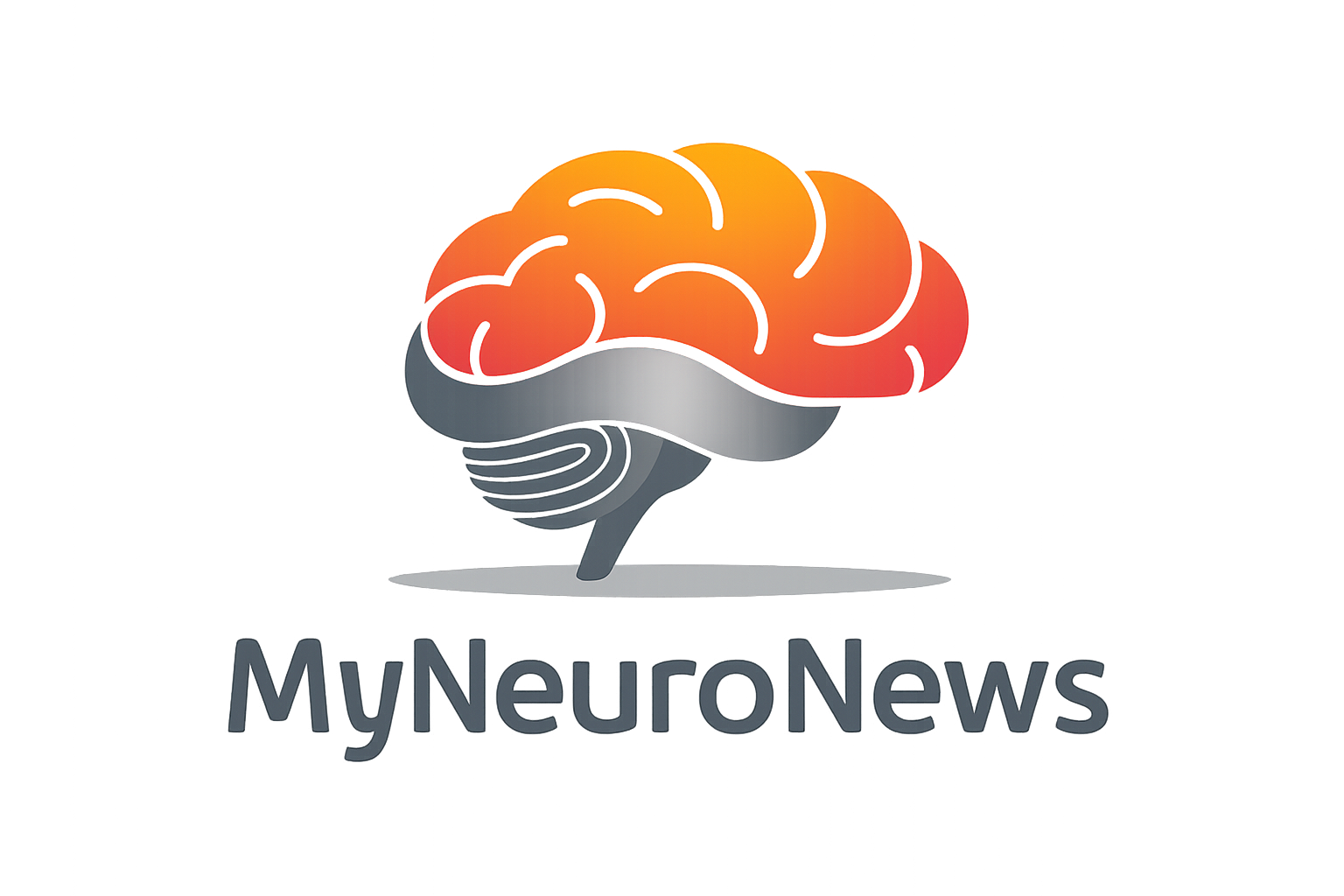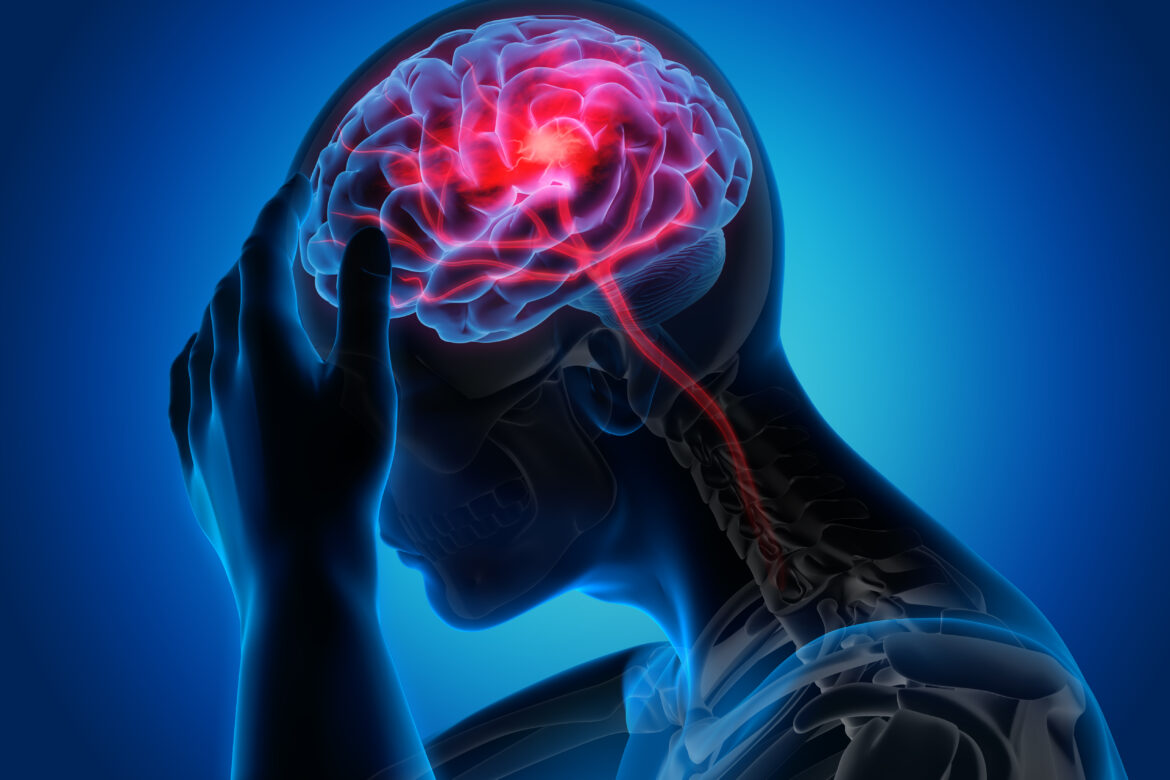Post-traumatic headache (PTH) is frequently identified as the most common symptom following mild traumatic brain injury (mTBI), with reported prevalence rates in the general population ranging from 30% to 90% due to methodological discrepancies, diverse study populations, and varying follow-up durations. The occurrence of PTH largely relies on data from patients who immediately seek care at emergency facilities or trauma centers, while estimating its prevalence among those consulting general practitioners days after the event is more challenging. Moreover, PTH can be incorrectly diagnosed as migraine or another primary headache disorder, especially in individuals with a pre-existing headache history, causing variations in reported prevalence rates across studies.
Annually, around 69 million people globally experience a TBI, with mTBI being the predominant type. Studies suggest that 37% to 69% of mTBI patients report PTH, with some experiencing symptoms that resolve within three months and others enduring chronic PTH. For instance, 32% and 29% of a cohort reported ongoing PTH at three and six months post-mTBI, respectively, and other research shows 49% to 58% of patients still experiencing PTH a year after the injury. In Denmark, the lifetime prevalence of PTH was found to be 4.7% in males and 2.4% in females, whereas in Norway, chronic headache prevalence due to persistent PTH was only 0.21%.
In younger populations, PTH prevalence post-concussion ranges between 43% and 60%. Yet, a study focusing on children under 14 years old reported a significantly lower occurrence rate of 13% post mild head impacts. Conversely, another study found a 71.8% prevalence rate among 548 children with concussion, and a third study reported a 33% prevalence in adolescent TBI cases from sports injuries, vehicle accidents, and falls. Hence, similar to adults, PTH prevalence in children shows significant variability.
The frequency of persistent PTH inversely correlates with TBI severity, with 58% of mTBI patients experiencing PTH 12 months post-injury compared to 33% with moderate to severe TBI. This trend, noted across several studies, suggests potential biases in research design not accounted for in experimental setups.
Athletes and military personnel with concussions are at risk for PTH, though these incidences might be underreported. In athletes, PTH prevalence can reach up to 93% following sports-related concussions. Studies consistently highlight PTH as a prevalent post-concussion symptom in sports contexts. Additionally, research on US Army infantry soldiers post-deployment identified headaches and tinnitus as significant issues, particularly associated with loss of consciousness and blast mechanisms.
Moreover, non-clinical and military populations have shown associations between mTBI-related PTH and other post-concussion symptoms, including irritability, anxiety, and impaired concentration. The prevalence of these symptoms underscores the complex interplay between physical trauma, psychological factors, and pre-existing health conditions, emphasizing the need for comprehensive evaluation and treatment approaches in managing PTH.
| Population/Context | Prevalence/Incidence of PTH | Notable Findings |
|---|---|---|
| General Population | 30% to 90% | Wide variability due to methodological differences, study population descriptions, and follow-up periods. |
| Patients after mTBI | 37% to 69% | Short-term symptoms resolve within 3 months; chronic symptoms persist beyond. Up to 58% report PTH 12 months post-injury. |
| Lifetime Prevalence (Denmark) | 4.7% (males), 2.4% (females) | Indicates gender differences in PTH prevalence. |
| Chronic Headache (Norway) | 0.21% | Very low prevalence of persistent PTH in chronic headache patients. |
| Pediatric and Adolescent | 43% to 60% | Prevalence after concussion. Variability in occurrence rates in studies focusing on mild head impacts to 71.8% in children with concussion. |
| Athletes | Up to 93% | High prevalence post-sports-related concussion, indicating PTH as a common post-concussion symptom. |
| Military Personnel | Varied | Incidence may be underreported. Studies show significant association between concussion with loss of consciousness, blast mechanism, and headaches post-deployment. |
| Non-Clinical Population | Not specified | Headache reported as a common post-concussion symptom, but specific prevalence of PTH not detailed. |
This table consolidates the reported prevalence and incidence rates of PTH across various studies and populations, reflecting the complexity and variability in understanding its epidemiology.
References – further reading:
1. Lucas S., Blume H.K. Sport-Related Headache. Neurol. Clin. 2017;35:501–521. doi: 10.1016/j.ncl.2017.03.012. [PubMed] [CrossRef] [Google Scholar]
2. McCrory P.R., Ariens T., Berkovic S.F. The nature and duration of acute concussive symptoms in Australian football. Clin. J. Sport Med. 2000;10:235–238. doi: 10.1097/00042752-200010000-00002. [PubMed] [CrossRef] [Google Scholar]
3. Zemek R., Barrowman N., Freedman S.B., Gravel J., Gagnon I., McGahern C., Aglipay M., Sangha G., Boutis K., Beer D., et al. Pediatric Emergency Research Canada (PERC) Concussion Team. Clinical Risk Score for Persistent Postconcussion Symptoms Among Children With Acute Concussion in the ED. JAMA. 2016;315:1014–1025. doi: 10.1001/jama.2016.1203. Erratum in JAMA 2016, 315, 2624. [PubMed] [CrossRef] [Google Scholar]
4. Theeler B.J., Flynn F.G., Erickson J.C. Chronic daily headache in U.S. soldiers after concussion. Headache. 2012;52:732–738. doi: 10.1111/j.1526-4610.2012.02112.x. [PubMed] [CrossRef] [Google Scholar]
5. Maleki N., Finkel A., Cai G., Ross A., Moore R.D., Feng X., Androulakis X.M. Post-traumatic headache: Epidemiology and pathophysiological insights. Nat. Rev. Neurol. 2019;15:607. [PubMed] [Google Scholar]
6. Ladak A.A., Enam S.A., Ibrahim M.T. A Review of the Molecular Mechanisms of Traumatic Brain Injury. World Neurosurg. 2019;131:126. [PubMed] [Google Scholar]
7. Shina H., Iljazi A., Al-Khazali H.M., Christensen C.E., Amin F.M., Ashina M., Schytz H.W. Hypersensitivity to Calcitonin Gene-Related Peptide in Post-Traumatic Headache. Ann. Neurol. 2020;88:1220. [PubMed] [Google Scholar]
8. Triplett G., Hill C., Freeman L., Rajan U., Templer D.I. Incidence of head injury: Lasting effects among college students and working adults in the general population. Pt 2Percept. Mot. Ski. 1996;83:1344–1346. doi: 10.2466/pms.1996.83.3f.1344. [PubMed] [CrossRef] [Google Scholar]
9. Charles A., Pozo-Rosich P. Targeting calcitonin gene-related peptide: A new era in migraine therapy. Lancet. 2019;394:1765. [PubMed] [Google Scholar]
10. Ashina H., Iljazi A., Al-Khazali H.M., Eigenbrodt A.K., Larsen E.L., Andersen A.M., Hansen K.J., Bräuner K.B., Mørch-Jessen T., Chaudhry B., et al. Efficacy, tolerability, and safety of erenumab for the preventive treatment of persistent post-traumatic headache attributed to mild traumatic brain injury: An open-label study. J. Headache Pain. 2020;21:62. [PMC free article] [PubMed] [Google Scholar]
11. Vanderploeg R.D., Belanger H.G., Horner R.D., Spehar A.M., Powell-Cope G., Luther S.L., Scott S.G. Health outcomes associated with military deployment: Mild traumatic brain injury.; blast.; trauma.; and combat associations in the Florida National Guard. Arch. Phys. Med. Rehabil. 2012;93:1887–1895. doi: 10.1016/j.apmr.2012.05.024. [PubMed] [CrossRef] [Google Scholar]
12. Andersen A.M., Ashina H., Iljazi A., Al-Khazali H.M., Chaudhry B., Ashina M., Ashina S., Schytz H.W. Risk Factors for the Development of Post-Traumatic Headache Attributed to Traumatic Brain Injury: A Systematic Review. Headache. 2020;60:1066. [PubMed] [Google Scholar]
13. Lucas S., Hoffman J.M., Bell K.R., Dikmen S. A prospective study of prevalence and characterization of headache following mild traumatic brain injury. Cephalalgia. 2014;34:93. [PubMed] [Google Scholar]
14. Yilmaz T., Roks G., de Koning M., Scheenen M., van der Horn H., Plas G., Hageman G., Schoonman G., Spikman J., van der Naalt J. Risk factors and outcomes associated with post-traumatic headache after mild traumatic brain injury. Emerg. Med. J. 2017;34:800. [PubMed] [Google Scholar]
15. Hoffman J.M., Lucas S., Dikmen S., Braden C.A., Brown A.W., Brunner R., Diaz-Arrastia R., Walker W.C., Watanabe T.K., Bell K.R. Natural history of headache after traumatic brain injury. J. Neurotrauma. 2011;28:1719–1725. doi: 10.1089/neu.2011.1914. [PMC free article] [PubMed] [CrossRef] [Google Scholar]
16. Stacey A., Lucas S., Dikmen S., Temkin N., Bell K.R., Brown A., Brunner R., Diaz-Arrastia R., Watanabe T.K., Weintraub A., et al. Natural History of Headache Five Years after Traumatic Brain Injury. J. Neurotrauma. 2017;34:1558–1564. [PubMed] [Google Scholar]
17. Sawyer K., Bell K.R., Ehde D.M., Temkin N., Dikmen S., Williams R.M., Dillworth T., Hoffman J.M. Longitudinal Study of Headache Trajectories in the Year After Mild Traumatic Brain Injury: Relation to Posttraumatic Stress Disorder Symptoms. Arch. Phys. Med. Rehabil. 2015;96:2000. [PubMed] [Google Scholar]
18. Babcock L., Byczkowski T., Wade S.L., Ho M., Mookerjee S., Bazarian J.J. Predicting postconcussion syndrome after mild traumatic brain injury in children and adolescents who present to the emergency department. JAMA Pediatr. 2013;167:156–161. doi: 10.1001/jamapediatrics.2013.434. [PMC free article] [PubMed] [CrossRef] [Google Scholar]
19. Root J.M., Gai J., Sady M.D., Vaughan C.G., Madati P.J. Identifying Risks for Persistent Postconcussive Symptoms in a Pediatric Emergency Department: An Examination of a Clinical Risk Score. Arch. Clin. Neuropsychol. 2022;37:30–39. doi: 10.1093/arclin/acab032. [PMC free article] [PubMed] [CrossRef] [Google Scholar]
20. Guty E., Riegler K., Meyer J., Walter A.E., Slobounov S.M., Arnett P. Symptom Factors and Neuropsychological Performance in Collegiate Athletes with Chronic Concussion Symptoms. Arch. Clin. Neuropsychol. 2021;36:746–756. doi: 10.1093/arclin/acaa092. [PubMed] [CrossRef] [Google Scholar]
21. Ahman S., Saveman B.I., Styrke J., Björnstig U., Stålnacke B.M. Long-term follow-up of patients with mild traumatic brain injury: A mixed-method study. J. Rehabil. Med. 2013;45:758–764. doi: 10.2340/16501977-1182. [PubMed] [CrossRef] [Google Scholar]
22. Lu L.H., Bowles A.O., Kennedy J.E., Eapen B.C., Cooper D.B. Single-Item Versus Multiple-Item Headache Ratings in Service Members Seeking Treatment for Brain Injury. Mil. Med. 2020;185:e43–e46. doi: 10.1093/milmed/usz173. [PubMed] [CrossRef] [Google Scholar]
23. Wilk J.E., Thomas J.L., McGurk D.M., Riviere L.A., Castro C.A., Hoge C.W. Mild traumatic brain injury (concussion) during combat: Lack of association of blast mechanism with persistent postconcussive symptoms. J. Head Trauma Rehabil. 2010;25:9–14. doi: 10.1097/HTR.0b013e3181bd090f. [PubMed] [CrossRef] [Google Scholar]
24. Wilk J.E., Herrell R.K., Wynn G.H., Riviere L.A., Hoge C.W. Mild traumatic brain injury (concussion), posttraumatic stress disorder, and depression in U.S. soldiers involved in combat deployments: Association with postdeployment symptoms. Psychosom. Med. 2012;74:249–257. doi: 10.1097/PSY.0b013e318244c604. [PubMed] [CrossRef] [Google Scholar]

